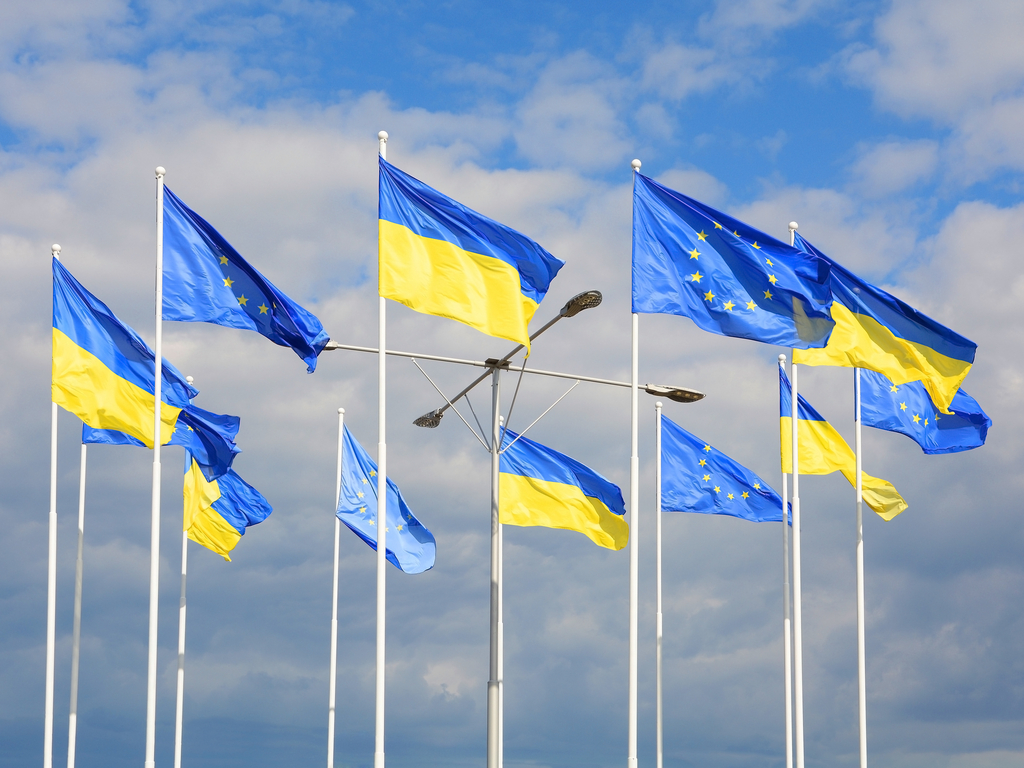Ivan Nagornyak, PhD in political science, expert of the EU project “Association4U” (Ukraine)
The European Parliament intends to call for the creation of a new common economic space between the EU and the countries of the Eastern Partnership, according to a draft report leaked in April. The move aims at “gradual integration” of the EaP countries to the bloc. StrategEast has asked leading experts from Eastern Partnership countries to find out what are the implications of such a move for each country’s economy. Here are the answers from the expert on Ukraine.
How well is your country prepared for such integration?
I assume the Common Economic Space will be based on the Deep and Comprehensive Free Trade Areas operating under the Association Agreements with Ukraine, Moldova and Georgia. The level of economic integration of these countries allows for a dialogue on broader cooperation in a number of areas. With the updated Annex XXVII (Energy) to the Association Agreement, Ukraine has launched a mechanism of consultations with the EU on legislative initiatives related to energy. This may become a role model for further integration in other sectors of the economy, so Ukraine is best prepared among EaP countries for further economic integration with the EU. It would be great if the proposed Common Economic Space included, as a basic element, the functioning of Agreements on Conformity Assessment and Acceptance of Industrial Goods (ACAA), which is ready for signing for over a year.
In what areas is your country’s leadership ready to maximize economic integration with the EU: in universalizing economic legislation, in removing customs barriers, in creating a single labor market?
Ukraine is working on all possible areas of economic integration, as the Association Agreement includes all possible areas of trade and economic cooperation. Due to this, the EU is our largest trading partner. Currently, the greatest opportunities are in the digital sphere, in particular through the maximum accession to the EU Digital Single Market, as the parties have repeatedly stated. But the liberalization of customs procedures can bring many opportunities for small and medium-sized businesses in Ukraine, within the Association bodies Ukraine is constantly working to make it a reality. Currently, the crisis with the COVID-19 pandemic does not allow us to talk about the creation of a common labor market, I do not think that in the medium term EU member states will be ready for such a dialogue. Although to protect Ukrainian workers in the EU, this would be a great initiative that would also allow better control of migration flows. As one of the first steps in this direction, Ukraine could sign a Mobility Partnership Agreement with the EU, which already operates with all other EaP countries.
How would the possible “common economic space” be affected by the fact that in the Eastern Partnership there are both countries aimed at EU membership, such as Ukraine, and there are also those that directly deny this possibility as Belarus?
This is an ever present issue of the Eastern Partnership format, which unites countries that wish maximum integration with the EU and those that seek more integration with Russia. I think that the idea of a common economic space will be implemented first of all for Ukraine, Moldova and Georgia, which have signed the Association Agreements. To keep the other three countries in the same format for Armenia, Azerbaijan and Belarus there will be left a possibility of accession if they first sign more ambitious Free Trade agreements with the EU. Although such situation is destructive to the EaP dialogue, as when Ukraine, Georgia and Moldova talk about joint initiatives with the EU to make the DCFTA work better, the other three countries are there as voluntary conciliators.
And finally, how would the common economic space with the EU be affected by the membership of some EaP countries in the Eurasian Economic Community led by Russia?
The countries that are members of the EurAsEC have quite ambitious agreements on trade and customs integration, so on a bilateral basis, the rules of one country that is a member of the EurAsEC will be difficult to reconcile with EU rules. Therefore, the only option to include Armenia and Belarus in the Common Economic Space would require a dialogue between the EU and the EurAsEC and some level of integration between these organizations, which is currently unlikely due to Russia’s aggressive policy in the neighborhood countries.




